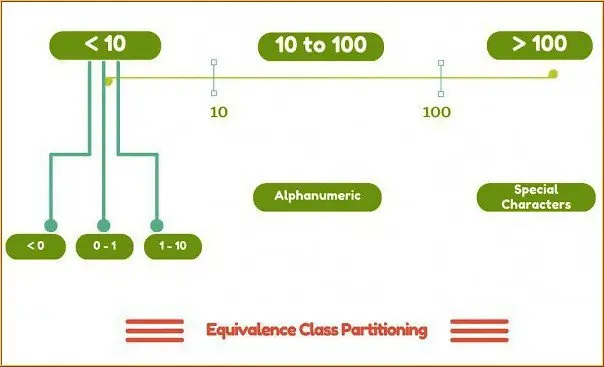Software testing or rather exhaustive software testing is a very time and resource-intensive activity. In order to effectively test any application in the best possible time and with optimal resources, we use different test design techniques. One such technique is boundary value analysis.
In this article, we will explore this testing technique along with an example and also check its advantages and disadvantages.
Content
What is boundary value analysis?
Boundary value analysis is a black-box testing technique. It is closely associated with equivalence class partitioning. In this technique, we analyze the behavior of the application with test data residing at the boundary values of the equivalence classes.
By using the test data residing at the boundaries, there is a higher chance of finding errors in the software application.
Boundary Value Analysis Example
Let’s consider the same example we used in the equivalence partitioning tutorial. An application that accepts a numeric number as input with a value between 10 to 100.
While testing such an application, we will not only test it with values from 10 to 100 but also with other sets of values like – less than 10, greater than 10, special characters, alphanumeric, etc.

For increasing the probability of finding errors instead of picking random values from those classes, we can pick the values at the boundaries like below-
| Equivalence Classes | Test Data using Boundary Value Analysis |
|---|---|
| Numbers between 10 to100 | 10, 100 |
| Numbers less than 10 | 9 |
| Numbers greater than 100 | 101 |
Advantages of Boundary Value Analysis
- It is easier and faster to find defects using this technique. This is because the density of defects at boundaries is more.
- Instead of testing will all sets of test data, we only pick the one at the boundaries. So, the overall test execution time reduces.
Disadvantages of boundary value analysis
- The success of the testing using this technique depends on the equivalence classes identified, which further depends on the expertise of the tester and his knowledge of the application. Hence, incorrect identification of equivalence classes leads to incorrect boundary value testing.
- Applications with open boundaries or applications not having one-dimensional boundaries are not suitable for this technique. In those cases, other black-box techniques like “Domain Analysis” are used.
With this, we have come to the end of this article. If you have any questions, please ask in the comment section. You can also, check out the complete software testing tutorial here – Complete Software Testing Tutorial.
